3D-knitted shells save on construction materials and time
With just the press of a button, ETH researchers knit a textile that serves as the primary shaping element for curved concrete shells. Now they have used the new technology to create a five-tonne concrete structure for an exhibition in Mexico City.

The heart of the four metre tall curved concrete shell is knitted. The structure’s formwork is a textile supported by a steel cable-net. The prototype KnitCandela marks the first application that this technology is being used on an architectural scale. The structure is an homage to Spanish-Mexican architect Felix Candela (1910–1997) and a collaboration with Zaha Hadid Architects Computation and Design Group (ZHCODE), and Architecture Extrapolated (R-Ex).
A 55-kilogram formwork for 5 tonnes of concrete
The technology was developed at ETH Zurich. Following a digitally generated pattern, an industrial knitting machine produced the shuttering of the formwork for the shell structure: in 36 hours, it knitted a fully shaped, double-layered 3D textile consisting of four long strips. The lower layer forms the visible ceiling – a designed surface with a colourful pattern. The upper layer contains sleeves for the cables of the formwork system and pockets for simple balloons, which, after the entire structure is coated in concrete, become hollow spaces that help save on materials and on weight. Manufacturing a formwork for such a geometrically complex structure using conventional methods would cost substantially more in both time and material.
KnitCandela
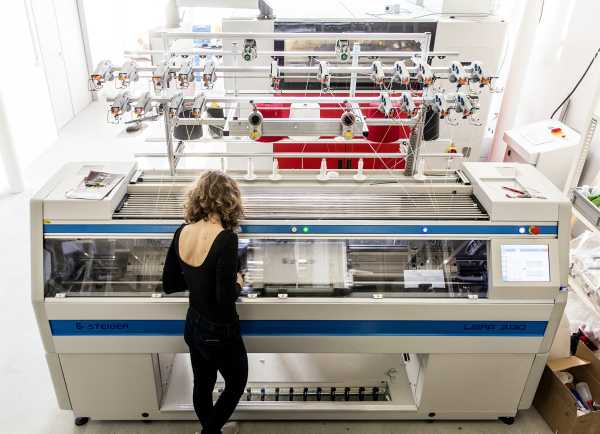
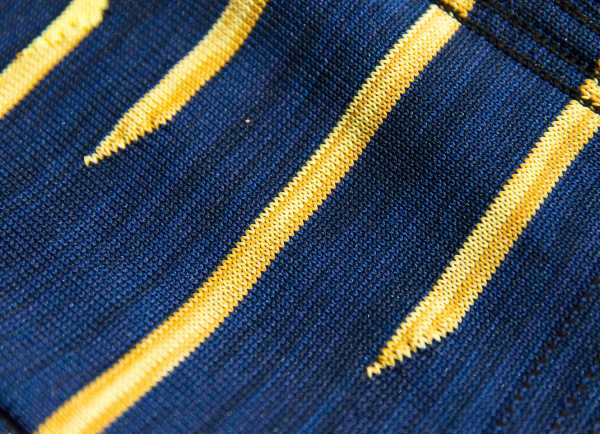
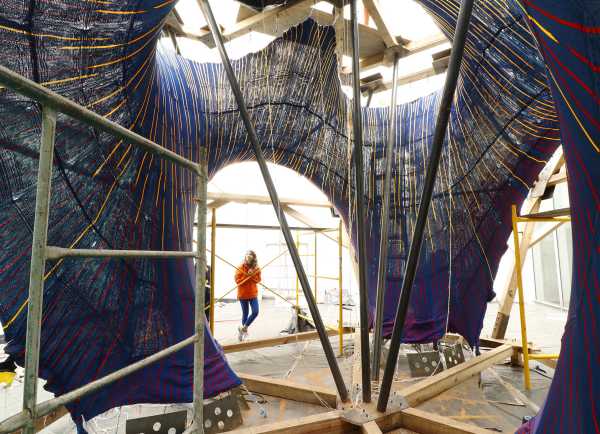
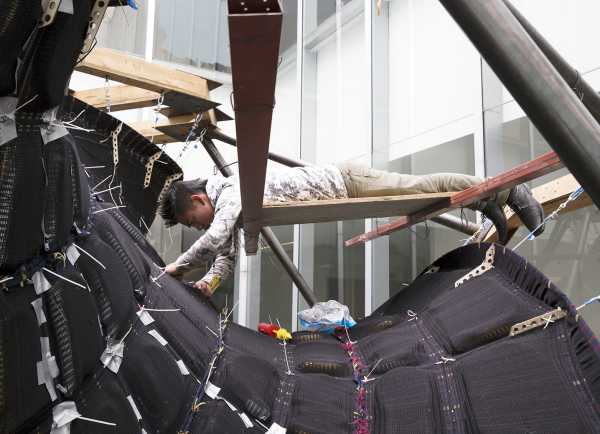
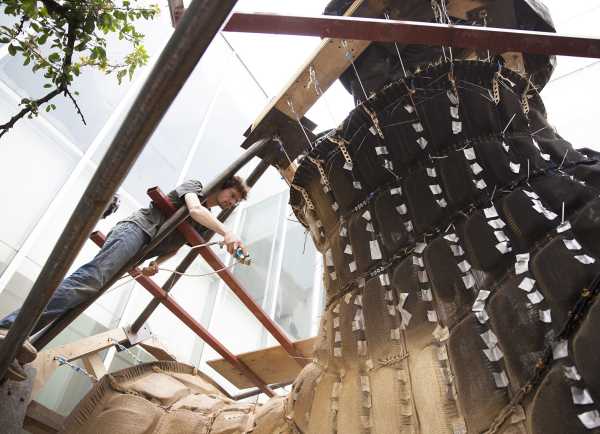
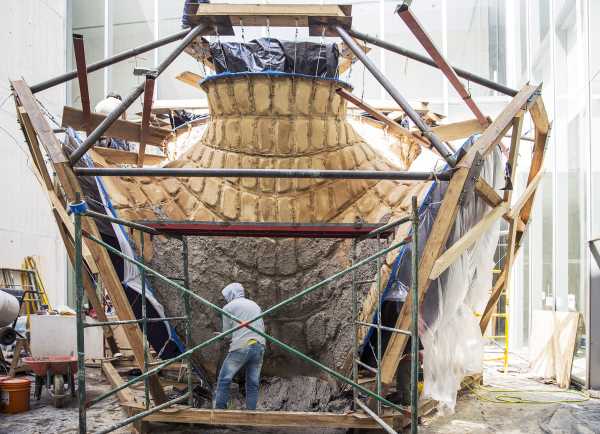
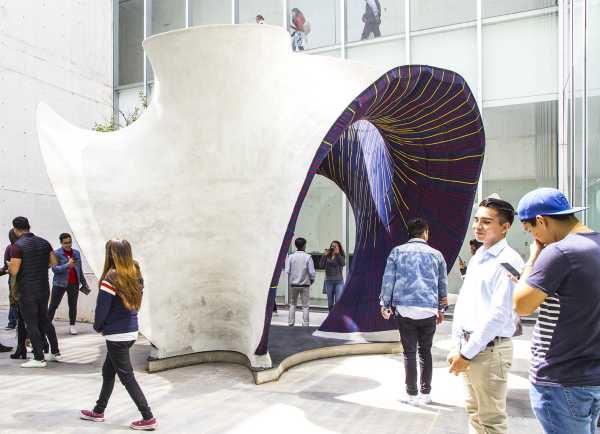
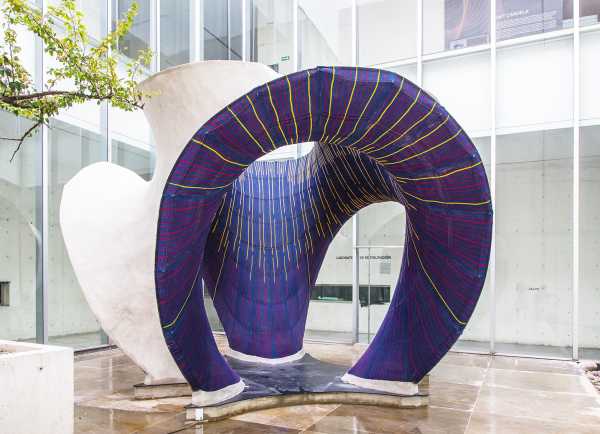
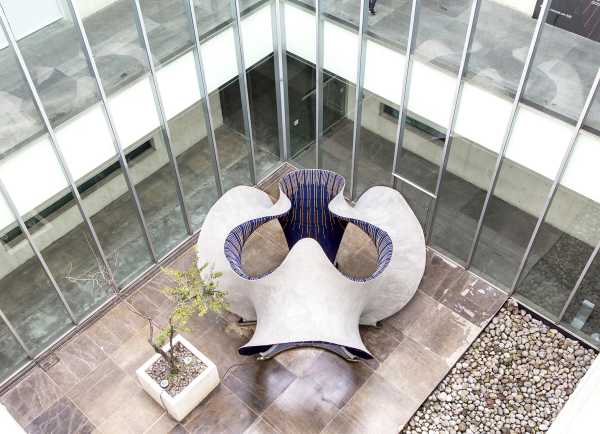
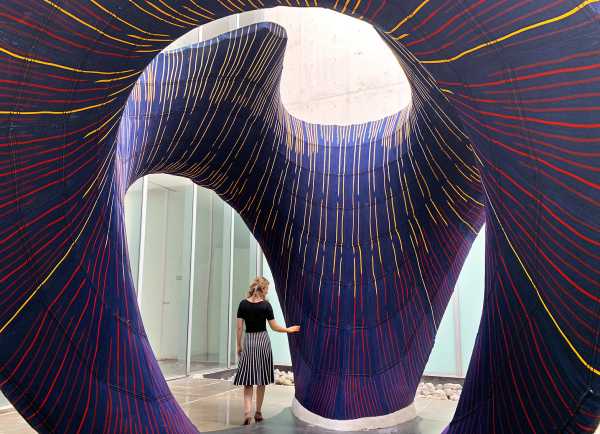
In the museum’s inner courtyard, the knitted formwork was tensioned between a temporary boundary frame and sprayed with a specially formulated cement mixture. This initial layer was just a few millimetres thick, but sufficient to create a rigid mould; once it hardened, conventional fibre-reinforced concrete was applied.
The knitted fabric was brought to Mexico City inside two suitcases - as normal checked baggage. The knit weighs only 25 kilograms and the cable net around 30. Taut in between the boundary frame, they supported over 5 tonnes of concrete curves.
Knitting is the new 3D printing
The technology behind KnitCandela was developed by Mariana Popescu and Lex Reiter as part of Switzerland’s National Centre of Competence in Research (NCCR) in Digital Fabrication research project. Mariana Popescu is a doctoral student with Philippe Block, Professor of Architecture and Structure at ETH Zurich, while doctoral student Lex Reiter studies with Robert Flatt, Professor of Physical Chemistry of Building Materials.
Popescu’s research shows that employing knitted textiles in architectural applications cuts down on material, labour and waste, and simplifies the construction process for complex shapes. Matthias Rippmann, project manager for KnitCandela and senior researcher in the Block Research Group, says: “It took only five weeks from the initial work until completion – much less time than if we were using conventional technology.”
KnitCandela also represents an evolution of the flexible forming system developed for the HiLo roof: a doubly curved, thin-shell concrete structure the Block Research Group developed for Empa’s research and innovation building NEST in 2017. For KnitCandela, the ETH researchers produced the knitted shell in one go, whereas HiLo’s shell was made of a network of steel cables and a sewn textile.
Popescu says: “Knitting offers a key advantage that we no longer need to create 3D shapes by assembling various parts. With the right knitting pattern, we can produce a flexible formwork for any and all kinds of shell structures, pockets and channels just by pressing a button.” For the construction industry, 3D printing is a major topic. Philippe Block says that, to a certain extent, his group’s pioneering method is a new form of 3D printing, “only it doesn’t require a completely new kind of machine. A conventional knitting machine will do just fine.”
Comments
We where using Fabriform technics in 1976 in a belgian company Denys bringing new bottoms in existing channels on a nuclear plant where the bottom whas eroded, water was still streaming during the execution with a high flow,large 12 m,upstand on both sides from 7m,high of the water 5.00.pumping a micro-fibre concrete,lenght of the channel 200m In Algeria we repair 35 piles concrete piles of 1.00m diam. on the same idea with a special miconcrete with polyprolene fiber and special added additive for salt water,inclusif cathodic protection,depth of execution 15.00m unders sealevel with splashzone of 3.00m (1980) Still retired now,but interesting to read
Hello Mr. Glettig, Very impressive work. I and probably many Japanese people could not notice the fact that your idea came from Japanese traditional architectural method. That is such a big surprise. Are you still proceeding this project and also would you like to have any opportunity to collaborate with other organization? I am very curious about your next project. Thank you, Andy
I am practicing Architect and doing Masters in Digital Architecture.Great work done in Knit Candella . Very much inspiring . I would like to know which textile fibre and the pattern is used in this.How you selected fibre and pattern decide that the pattern is suitable.
Unfortunately not a new idea. During the eighties a number of japanese structural engineers and architects knitted novel bridges and other constructs using carbon fibres in combination with epoxy compounds. During the seventies "Binie" layed out the reinforcement steel almost like a knitting that enabled him to cast attractively formed Binie-Shells using concrete. Over the years many original or novel strategies were evolved but unfortunately nothing became mainstream. I guess government specification authorities cant handle anything "out of the books" and the amount of investors that support such experimental design is close to zero.
Hello Mr. Glettig, this is Gisela Baurmann, I am an architect in New York. I have been experimenting with crocheted structures for a number of years. I am very interested in your comments - would you have more information on the works that you ention? Would be great to know more. I only know the crocheted palayground structure in Japan. Thank you so much! Gisela Baurmann, Dipl. In Architektin, MSAAD
Willi Glettig - You are right, but this works out with an much older technic. The Material is more like weather-proved-millitary-fabrics from the 1940‘s until the 1990‘s. So we might produce It with already existing Industry-Knitting-Mashines in a much larger scale.